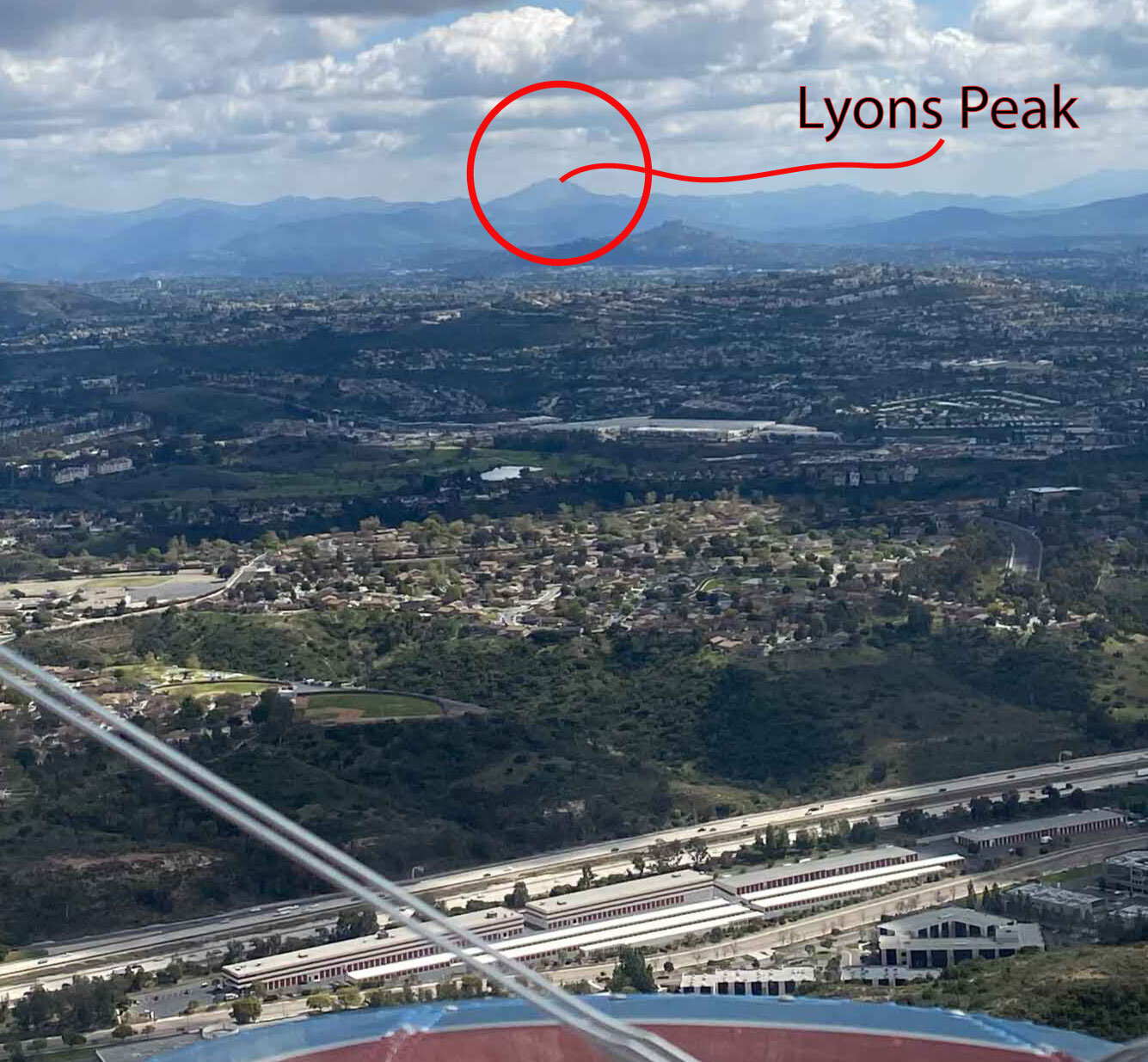Look at the MYF pattern as a laboratory to practice lots of different flying skills. Enjoy the moments in the pattern, and most importantly smile! I find touch and go’s a very enjoyable, and rewarding experience. Flying a Cessna 172 is mechanical and sloppy but landing the Great Lakes is more like delicate and precise Stradivaria: an art form versus a science.
Takeoff: Get that tail up fairly quickly, fly a smooth coordinated takeoff, use the right amount of rudder, ensure you don’t have a wing drop when you rotate. Tip: Less is more with the rudders. Keep the crosswind correction in so you don’t swerve. It is hard to say how much you need, you just need to figure it out with practice.
Crosswind: On speed (80-90 mph), climbing turn, with appropriate rudder and airspeed control. You are getting back into the swing of things after the takeoff or touch & go, don’t take it for granted. Right Rudder, Right Rudder. Get the Prop back to 2500 RPM. Fly a good jet.
Downwind: Improve your Situational awareness with the pattern track over ground, pay attention to airspeed control, pitch control and smoothness, balance the rudder usage. Try to keep the ground checkpoints the same every time, but adjust for winds. Use Lyon’s Peak as a reference for your downwind. Don’t get too tight or wide. Lots of stuff to practice, remember you are sharpening the sword.
Base turn: Try to turn for a short approach. The short approach looks good, embraces your tail wheel instincts and perfects your pattern geometry.
Slips are your tailwheel tools: Turning Slips will be your most challenging skill to develop to perfection. Get that FULL RUDDER in. Rudder controls your descent rate, ailerons maintain a desired ground track and pitch controls your airspeed. Newbies accelerate to 110-120mph when they learn to slip, try to maintain 90mph.
Forward Slip is your ‘go to’ maneuver: Wing down (into the crosswind) and top rudder. This maneuver helps your visibility and gets you on the glide-slope if you are high. I love to slip so always come in high. When a new tail wheel student goes around because they are too high, I just giggle because I know they are really gonna like the slip when they figure it out.
Work on glide slope development, turning slips, pitch with smoothness and airspeed control, proper power off sight picture, ground track awareness, avoiding undershooting or over shooting final.
Final: Develop that glide slope visual acuity, precise airspeed control, basic runway alignment. You can’t see much so just a basic runway alignment until you are in close to landing. Focus on practicing a controlled airspeed deceleration, plan on gently touching the runway in the 3pt attitude. Perfect that crosswind correction, the skills will come in handy on a high crosswind day, train like you fight.
Don’t overshoot or undershoot final, that is sloppy airmanship.
Practice your crosswind control plan on final approach. See if your desired inputs will work. If you are being pushed left or right of final then refine your inputs. Be smooth.
Flare: peripheral vision landing, airspeed feel, smooth pitch control, crosswind inputs, alignment of the longitudinal axis straight down the runway. In the flare, I see many new pilots drift or let the nose veer to the right. This is due to crosswind or propellor turning tendencies. Don’t let this situation take control from you. Improve your aircraft control in the flare with overall awareness and practice.
Touchdown: Roll it on! Look at infinity through the forward cockpit or ‘through’ the passengers helmet. Use your peripheral vision to manage your vertical velocity, you get used to it. If you look to the left or right around the passengers head, you will naturally put the airplane in a little side slip and start dancing on the rudders.
Work on getting to that 1-2” above the runway in a 3-point attitude and just ‘roll it on”.
The difference between a tail wheel pilot and non-tailwheel pilot is that crosswind control on final, touchdown and rollout. After touchdown, you gently increase your crosswind input as you slow. Slower speed equals less aileron authority, so you need more. When you get slow enough you can bury the aileron into the wind.
Roll out: Perfect your peripheral vision control of the aircraft, look at infinity, use smooth rudder inputs, keeping and increasing crosswind corrections, confidence and reducing negative stress. All this will become intuitive and you will be part of a great line of tail wheel biplanes. Congratulations for your choice to improve your flying abilities. Erich




